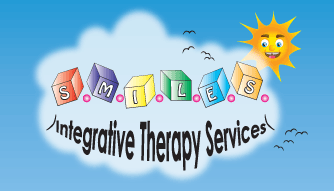What is PROMPT Therapy?
PROMPT is an acronym for Prompts for Restructuring Oral Muscular Phonetic Targets. The PROMPT Therapy technique is a tactile-kinesthetic approach that uses touch cues to a patient’s articulators (jaw, tongue, lips) to manually guide them through a targeted word, phrase or sentence. The technique develops motor control and the development of proper oral muscular movements, while eliminating unnecessary muscle movements, such as jaw sliding and inadequate lip rounding.
Therapy begins by helping patients produce certain phonemes. A phoneme is the smallest increment of sound in speech. For example, the “d” sound in the word dog is one phoneme, the “o” is another and the “g” is yet another. Each phoneme requires different muscle contractions/retractions and placement/movement of the jaw, lips, tongue, neck and chest to produce. All of these things have to happen with the proper timing and sequence to produce one phoneme correctly. The PROMPT Therapist attempts to “teach” the patient’s muscles to produce a phoneme correctly by stimulating all of these through touch. With the timing and movement of more than 100 muscles involved, you can see why the training is so intense.
The 9 Key Components to the PROMPT Approach
Who Can Benefit from PROMPT Therapy
PROMPT therapy is appropriate for a wide range of patients with communication disorders. The most common patients have motor speech disorders, articulation problems or are non-verbal children. Many patients with aphasia, apraxia/dyspraxia, dysarthria, pervasive development disorders, cerebral palsy, acquired brain injuries and autism spectrum disorders have benefited from PROMPT therapy. An evaluation by a PROMPT-trained speech therapist is the only way to find out if a patient is appropriate for the therapy.
Do PROMPT Therapists Need Special Training?
Yes. To become fully trained in PROMPT, a clinician must go through four essential steps to be able to completely understand the PROMPT technique and apply it appropriately to patients. You can learn more about PROMPT Training on our site, or contact us for more detailed information.


